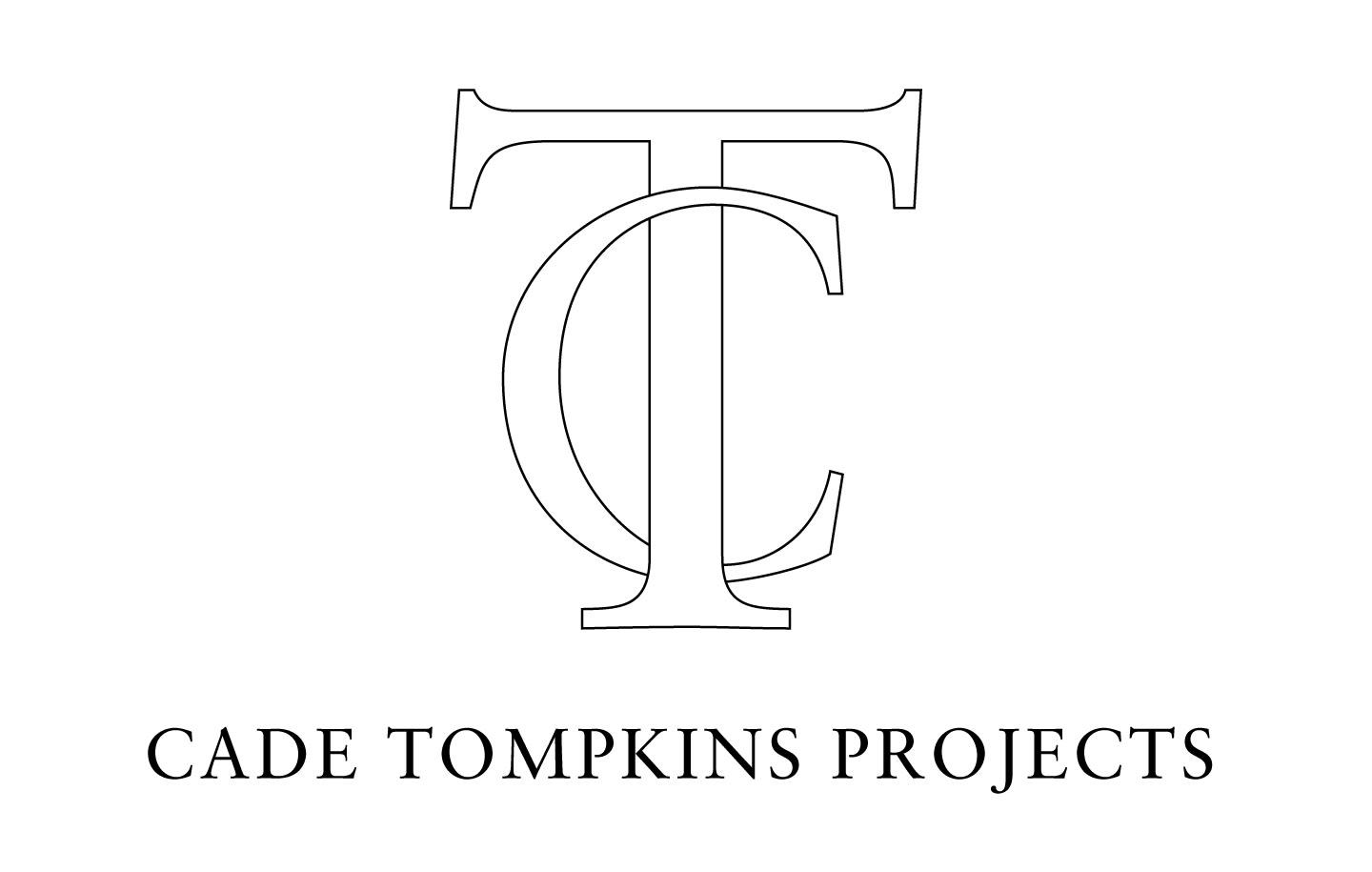There’s a happy irony at the heart of “Thomas Sgouros: A Retrospective,” the Bristol Art Museum’s handsome new survey of the work of Providence artist Thomas Sgouros.
A longtime professor at the Rhode Island School of Design, Sgouros suffers from macular degeneration, a serious eye condition that has left him legally blind since the mid-1990s. Yet rather than giving in to the disease, Sgouros, who was and award-winning painter and watercolorist before his illness, has continued to paint -- and paint well -- for nearly two decades. For most of that time, Sgouros’ main artistic outlet has been a series of “remembered landscapes” -- so-called because the paintings aren’t based on direct observation (as they are in traditional plein air painting) or even on secondary sources such as sketches or photographs.
Instead, Sgouros relies on a kind of artistic muscle-memory, choosing colors, adjusting perspectives and tweaking details based largely on his own painterly intuition. The results of this process, which have been widely praised over the past few years, are landscapes in which the same basic elements -- typically a dark strip of land raked with sunlight and topped by high, rolling clouds -- are repeated over and over again in endless variations.
What makes the “Endless Landscape” series especially noteworthy -- and what lifts Sgouros and his work above a mere feel good story -- is the way the theme-and-variations approach forces you to pay attention to even the subtlest changes. Having lost much of his own eyesight, it’s as though Sgouros set out to remind the rest of us just how important the act of seeing really is.
The Bristol show, which unfortunately runs only through the end of the week, features about two dozen “Remembered Landscapes.” About half are new paintings, suggesting that Sgouros is still exploring this small but fertile patch of artistic turf. The rest, including oil paintings, watercolors and even a few pastels, are older works dating from the late 1990s and early 2000s.
In addition, the show features several paintings, drawings and other works that Sgouros created before his eyesight failed. For viewers who know the artist mainly through his landscapes, these early works hold a number of surprises. For starters, only one -- a side view of an old launch or fishing boat in dry dock -- depicts an outdoor scene. The rest are mostly still lifes, featuring a quirky array of objects, including a pewter tea set, a ceramic jug and an old bicycle horn.
Another surprise is the color, or rather lack of it. Compared with the “Remembered Landscapes,” which often display a palette of rich, smoldering colors, the still lifes look almost monochromatic. That’s not a criticism -- indeed, the paintings’ slightly washed-out quality allows us to focus on other things, like Sgouros’ considerable drawing skills -- but it is a difference.
At the same time, the still lifes and the landscapes have at least one thing in common: a fascination with light. In the still lifes, it’s typically clear, crisp and even -- the light of a sunny midwinter morning, rather that the deeper sunset hues of the landscapes. It’s what gives early works such as Thomas’ Trumpet (1989) and Trumpet and Pewter (1990) their distinctive silky sheen.
Some viewers also may be surprised to find a “Remembered Landscape” from 1995, a time when Sgouros’ vision was still largely intact. The reason Sgouros had begun experimenting with a pared-down style of landscape painting even before his eyesight began to falter. In fact, the painting (actually a watercolor) features many of the same elements -- a thin strip of land, a fluid horizon line and a large expanse of sky -- that Sgouros has explored ever since.
As for the rest of “Remembered Landscape” series, it still looks terrific. Granted, some of the earlier paintings can seem a bit tentative, as though Sgouros didn’t quite know what to do with the extra space and wider array of visual effects available in landscape painting. Yet by 1999, the year Sgouros painted several large landscapes that are dominated by specific colors -- reddish orange in one case, maize yellow in another -- he’d obviously found his footing.
Since then, Sgouros continued to expand and refine his work. Several of the show’s more recent paintings, for example, feature dramatic lighting effects, with dark clouds passing in front of blazing suns or fiery sunsets glinting off watery horizons. At times, Sgouros comes close to the work of so-called Luminist artists such as Fitz Hugh Lane and Martin Johnson Heade -- a comparison that puts Sgouros, balky eyesight and all, in some pretty illustrious company.


